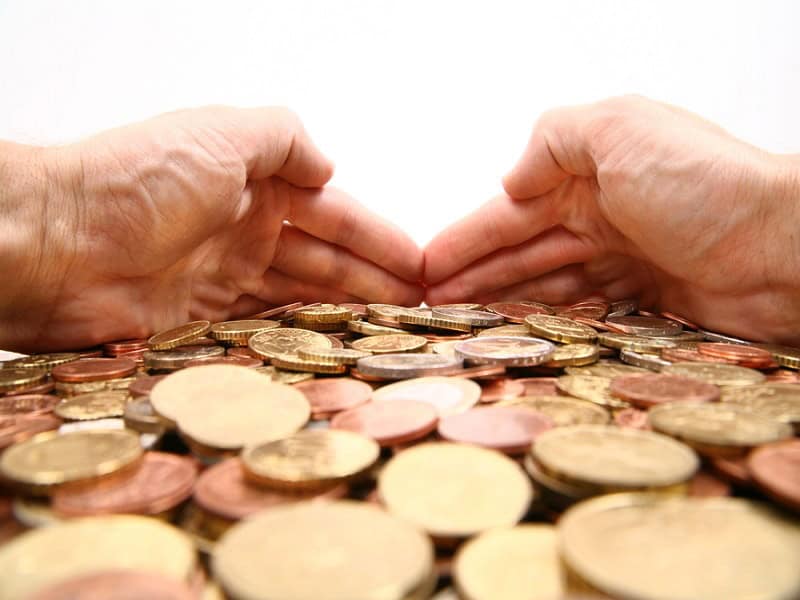Bitcoin’s stellar 2023 rally may have room to run if flows between cryptocurrency exchanges and personal digital wallets are any guide, according to strategists at Bank of America Corp.
A net $368 million of Bitcoin was sent to personal wallets in the week through April 4, a period that saw this year’s second-largest net Bitcoin outflow from crypto exchanges, strategists Alkesh Shah and Andrew Moss wrote in a note.
“Investors transfer tokens from exchange wallets to their personal wallets when they intend to hold them (or HODL), indicating a potential decrease in sell pressure,” they said. The acronym “HODL” is a crypto-sector meme referring to the idea of holding onto tokens for the long term.
Concerns stemming from the US regulatory crackdown on digital-asset platforms may have triggered the efflux from exchanges, the BofA strategists wrote in a note published Monday.
Bitcoin’s year-to-date surge has outstripped major asset classes and sparked a thorny debate on why the largest token is rebounding from a rout in 2022.
Some analysts argue expectations of eventual Federal Reserve interest-rate cuts are bolstering riskier investments like crypto. Other theories — often disputed — include the coin’s alleged ability to skirt stress in the banking sector or its potential to hedge inflation as a kind of digital gold.
“Bitcoin is becoming a very clear safe haven for a lot of the issues we’re having right now,” Hong Fang, president of digital-asset exchange OKX, said on Bloomberg Television.
Big Week
Bitcoin this week climbed above $30,000 for the first time since June 2022. The token is up more than 80% since Dec. 31, beating the Nasdaq 100 technology index’s 19% gain. Gold has climbed roughly 9%.
Digital tokens have jumped in 2023 despite aggressive actions by US regulators after the downfall of FTX and other crypto outfits. The rally has come amid a drop in crypto market liquidity and trading volumes following the bankruptcies.
“Bitcoin has stopped reacting to bad news,” said Nathan Batchelor, managing partner at analytics platform Biyond Trader. “This is a tell-tale sign of a strong buyers’ market.”
Traders are awaiting another signal to confirm Bitcoin’s breakout, according to Garry Krugljakow, founder of 0VIX, an open-source protocol for lending and borrowing in blockchain-based decentralized finance, or DeFi.
Inflation Print
He added that economic data due this week could provide that cue, particularly Wednesday’s US consumer price index. The median estimate in a Bloomberg News survey calls for a 5.1% jump in March from a year earlier.
“Anything below 5.2% or around 5.2% could lead to a bullish continuation for” Bitcoin, Krugljakow said. “5.3% or higher will most likely give a slight shock and dampen the current price action.”
In contrast to Bitcoin, the net inflow of Ether to crypto exchanges in the week through April 4 was the largest of 2023, according to BofA. That’s ahead of the Ethereum blockchain’s biggest software upgrade since last year’s Merge.
The so-called Shanghai upgrade is the culmination of years-long work that changes the way Ethereum operates. While BofA strategists do not expect the event to directly drive selling pressure, they do foresee heightened volatility around the shift in part due to decreased liquidity, exchange inflows and derivatives activity.
Ether, the largest token after Bitcoin, is up about 56% so far this year, roughly in line with a gauge of the top 100 digital assets. Ether slipped 1.1% to $1,872 as of 8:42 a.m. in London on Wednesday, while Bitcoin shed less than 1% to hover around $30,000.
Elsewhere, the TRX token linked to Justin Sun’s Tron blockchain project slumped after the Binance US exchange said it would delist the coin from April 18.

